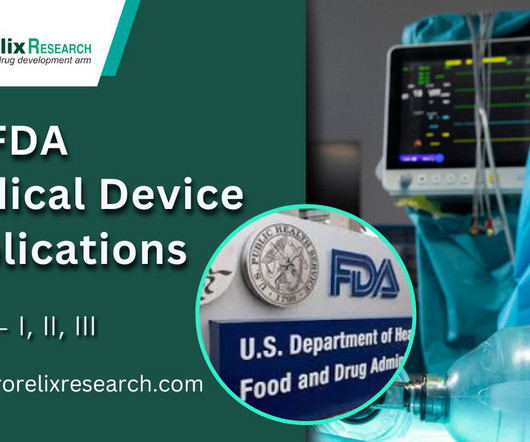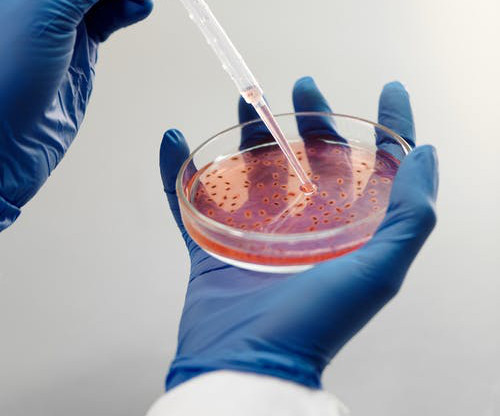US FDA Medical Device Applications
ProRelix Research
JUNE 26, 2023
As per Section 201(h)(1) of the Food, Drug, and Cosmetic Act, a device is an instrument, apparatus, implement, machine, contrivance, implant, in vitro reagent, or other similar or related article, […] The post US FDA Medical Device Applications appeared first on ProRelix Research.














Let's personalize your content